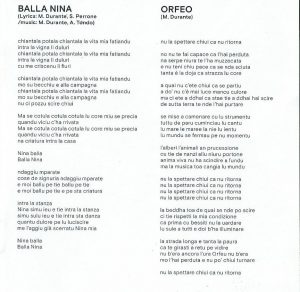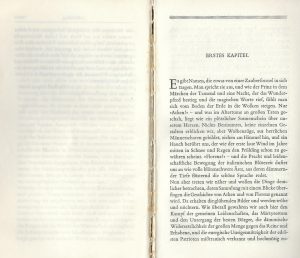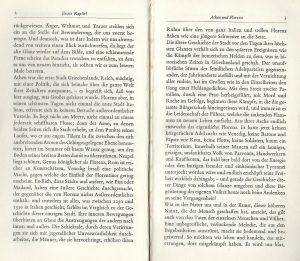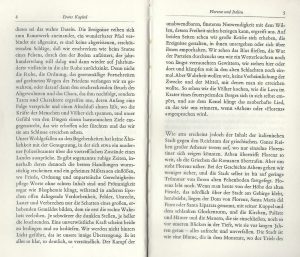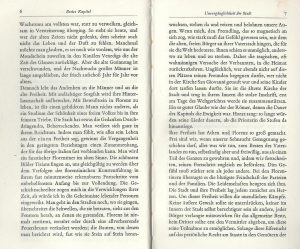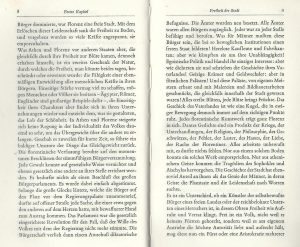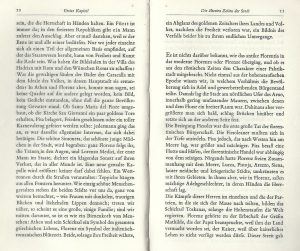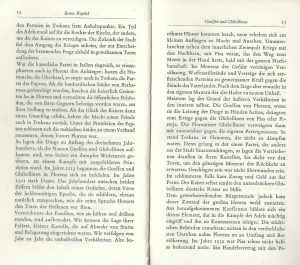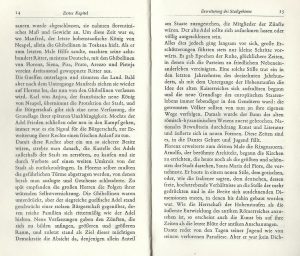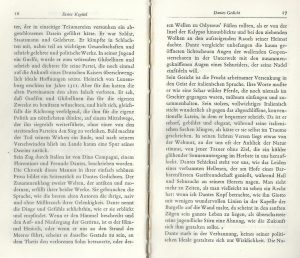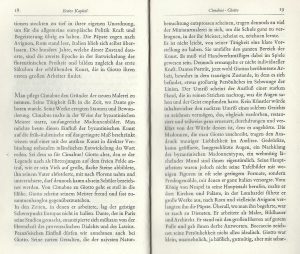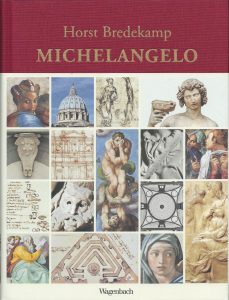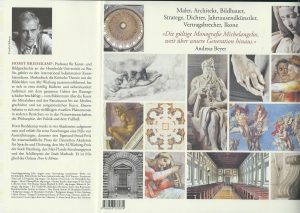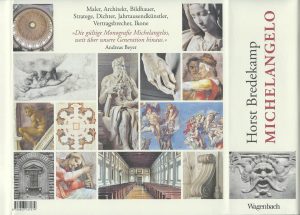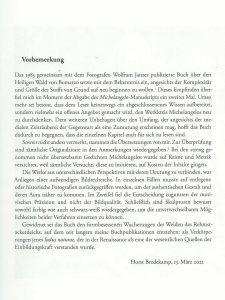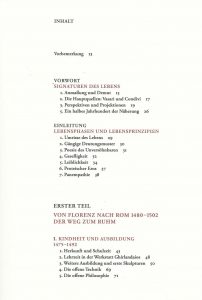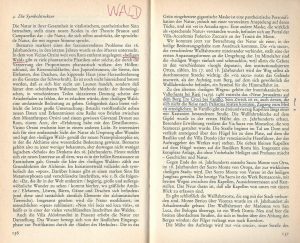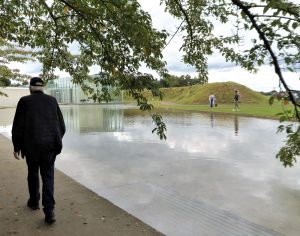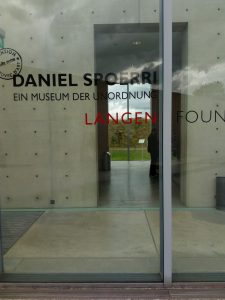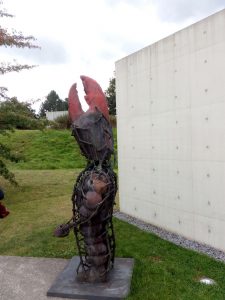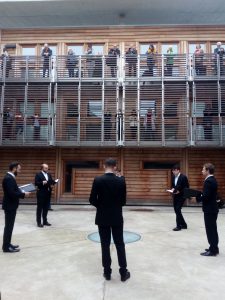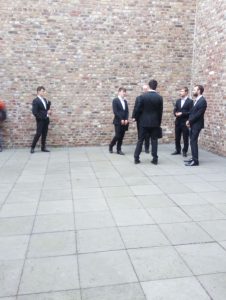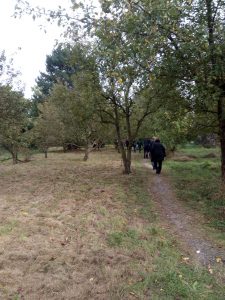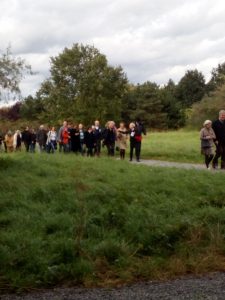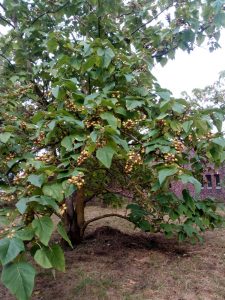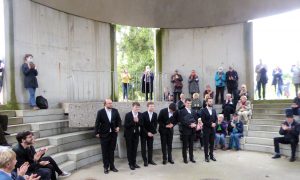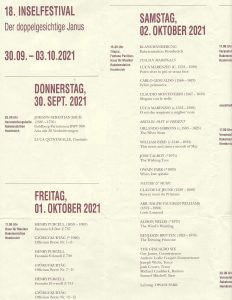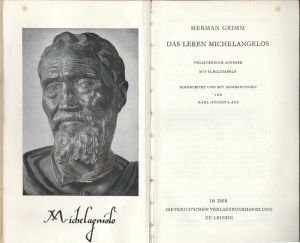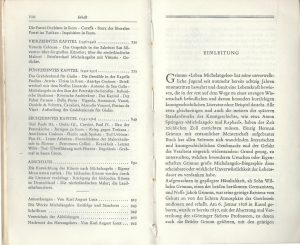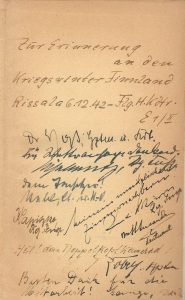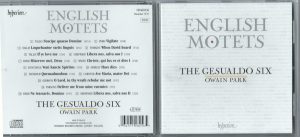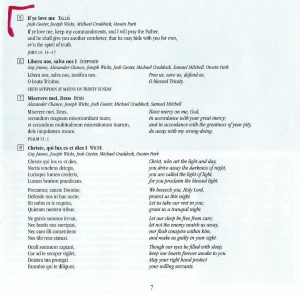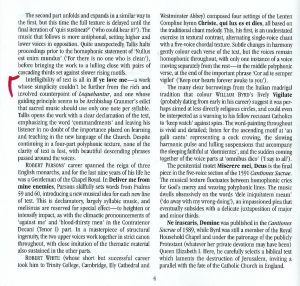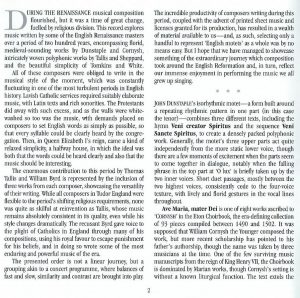APULIEN Salento (Zur Orientierung)
CGS : Das Ensemble Canzoniere Grecanico Salentino / website hier
DANCE NINA
Plant it trim it plant it
A life of work in the vineyard
The pains to grow my flowers
Plant it trim it plant it
A life of work now I’m old
and I can’t go to the fields anymore
But it moves it moves it moves
My heart fills up with joy
When I see that a baby has arrived at the house
Dance Nina
I learned so many things from you, Sir
And now I dance for you and this baby
Nina it’s me and you in the room
It’s only me and you in this dance
So much pain to give birth
I’ve already forgotten it my Nina
Dance Nina
Ansehen / Anhören auf Youtube
HIER zu dem CD-Cover und den Infos, die man mit Hilfe der bunten Strahlen findet; dazu jeweils ein Video, dessen italienischer Text mit englischer Übersetzung versehen ist. Jede Rubrik hat außerdem eine lesenswerte Introduktion, im folgenden eine Gebrauchsanweisung:
TIME IMAGE
The graphic sign that stands out on the new album of Canzoniere Grecanico Salentino opens up into two almost symmetrical signs, two overturned traces that enclose the „meridiana“ (=sundial) inscription, where the latter wants to be a line of conjunction between past and present but above all a conjugation between shadow and shading. The choice of gold reflecting the illustration fixes the image of the reflected light that signals time. The verticality of the sign, on the one hand shows us the sky and on the other the earth, spirituality and naturalness come together in a single context. The represented figure illustrates a temporal – conventional line – which in Western tradition is made up of “points / hour”. A time image that makes paradox possible, or at least the attempt to possess what by definition can not be possessed, as it is infinite. The sign on the front cover is therefore a trace of time, an arbitrary measure of universality that is accompanied by other lines that find expression in the graphic layout of the album. Colored lines where each color pays tribute to the archetypal elements: green is the vegetation, blue is the sky, orange is the earth and yellow is the most important star in the universe: born in the east, it heads south at noon and sets in the west, bearer of light and consequently advocate of time, the sun.
Luca Coclite
Photographer Francesco Sambati’s signature style is based on the impact and simplicity of lights and shadows. Following his own artistic research, he produces a series of pictures of CGS
The direction and conception of the music videos, and the editing of the footage which will be streamed for the vernissage of the project, will be curated by Gabriele Surdo (long time collaborator with CGS for videos Taranta and We’re All in The Same Dance). Surdo is a well known filmmaker, author, producer, editor and director of commercials, short films, virals and music videos with several prestigious awards and nominations (Miami Fashion Film Festival, London Fashion Film Festival, Berlin Music Video Awards, Pivi, MTV New Generation, David di Donatello).
The contribution of philosophical speculations is curated by Mauro Gancitano and Andrea Colamedici, philosophers and communicators, founders of Tlon, one of the main Italian realities in the field.
Domenico Licchelli, astrophysicist, teacher and science communicator, talks about sundials and our relationship with the measurement and perception of time. Domenico Licchelli has been working for over 35 years on astronomical observations, made with different and various instruments. From 2003 he is the director of the Osservatorio Astrofisico R.P. Feynman, which is the Italian knot for numerous international scientific collaborations. As an acknowledgement for his scientifica, educational and communication successes, the International Astronomical Union named the asteroid 2000 OT60 after him: “(18151) Licchelli”.
Massimiliano Morabito, musician of CGS and professor of Anthropology of Music at the Conservatory of Lecce, talks about the function of lullabies in folk culture and tradition.
The scientific contribution about the concept of time is curated by Roberto Vacca, 94 years old, famous scientist, science communicator, and expert of time.
Gianfranco Salvatore, professor of Ethnomusicology at UniSalento, talks about the magic in music, Orphism and laments.
Francesca Corbo from Amnesty International Italy, talks about the situation with human rights, and women rights in particular, after the changes caused by the pandemic.
ZU DEN EINZELNEN TITELN:
DANCE NINA
Alice: “How long is forever?”
White Rabbit: “Sometimes, just one second.”
Lewis Carroll
ORPHEUS
If more gently than Orpheus
who moved even the trees
you were to pluck the zither
the life-blood would not return
to the vain shadow…
Harsh fate,
but its burden becomes lighter
to bear, since everything
that attempts to turn back
is impossibile (I, 24)
Orazio
PIZZICA BHANGRA
“The change in question is the new irrelevance of space, masquerading as the annihilation of time”
Z. Bauman
THE PLACE TO SIT
“The difference between past and future, between cause and effect, between memory and hope, between regret and intention… in the elementary laws that describe the mechanisms of the world, there is no such difference”
C. Rovelli
NINNARELLA
“The hand that rocks the cradle is the hand that rules the world”
William Ross Wallace
STORNELLO TO MEMORY (dedicated to memory)
“Reality is formed only by memory”
Marcel Proust
I WISH
“Time is the measure of change”
Aristotele
WHEN YOU WALK
“It’s over. Time begins now, and will last only moments”
E. De Luca
TICK TOCK
“The incessant happening that wearies the world is not ordered along a timeline, is not measured by a gigantic tick-tocking”
C. Rovelli
NTUNUCCIU
“It is within my mind then, that I measure time. I must not allow my mind to insist that time is something objective”
Sant’Agostino
RONDA
“The eternal hourglass of existence is turned upside down again and again, and you with it, speck of dust!”
F. Nietzsche
SUNDIAL
“There’s a time for giving birth, a time for dying; a time for planting, a time for uprooting what has been planted. A time for kiling, a time for healing; a time for knocking down, a time for building. A time for tears, a time for laughter; a time for mourning, a time for dancing”
Kohelet 3, 2-4
* * *
Oder beginnen Sie mit Tr. 5, einem herrlichen Stück in meinem Lieblingsmodus mit der übermäßigen Quarte, dem Lydischen, den auch Puccini zu Beginn des zweiten Aktes der Tosca von einem Hirtenknaben singen lässt:
Io de‘ sospiri.
Ve ne rimanno tanti
pe‘ quante foje
ne smoveno li venti.
Ach, ihr meine Seufzer,
ihr bleibt mir treu
in all meiner Sehnsucht.
Kein Sturm kann euch vertreiben.
Daß sie, der mein Sehnen gilt,
mich so verachtet, ist mein Tod.
Bei Puccini sind die Liebesseufzer eingehüllt in die pastorale, von Herdenglocken erfüllte Ruhe vor den Toren der Großstadt, während im Hintergrund der Ernst des unerbittlichen Dramas lauert. Im vorliegenden Stück allerdings überrascht dann ein Rhythmus, der zugleich die Versetzung des Grundtones eine Stufe aufwärts zu provozieren scheint (oder umgekehrt?) und wiederum mit einer übermäßigen Quart in Reichweite spielt – eine „Verrückung“ oder sagen wir: eine Härte, die seltsamerweise in weiche, fast feierliche Schlusskadenzen mündet und eine wundersame Umfärbung der Tonalität nach Moll anfügt… So endet das Stück abrupt, ohne auf die Ausgangsebene zurückzukehren. Es ist ein Spiel mit Skalenausschnitten, die sich bei aller Volksnähe von Rhythmus und Motivik im Tanz entladen, zugleich auch den beobachtenden Geist irritieren und erfreuen. Es ist typisch für die Abfolge des ganzen Programms. Wir werden nicht Dudelsackklängen überlassen, die eine unverrückbare Basis suggerieren, die ewige Wiederkehr des Gleichen. Hier ist ein Team am Werk, das Heterogenes zusammenspannt oder reizvoll auseinanderfallen lässt. Und immer mit dem heftigen oder zärtlichen Sprachduktus dieses italienischen Idioms harmoniert.
